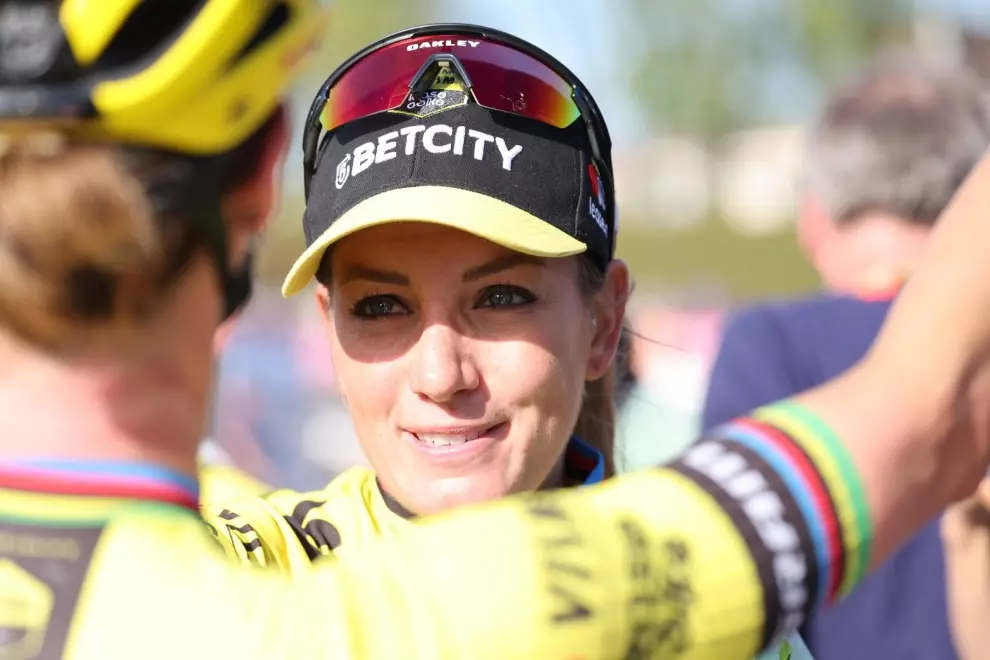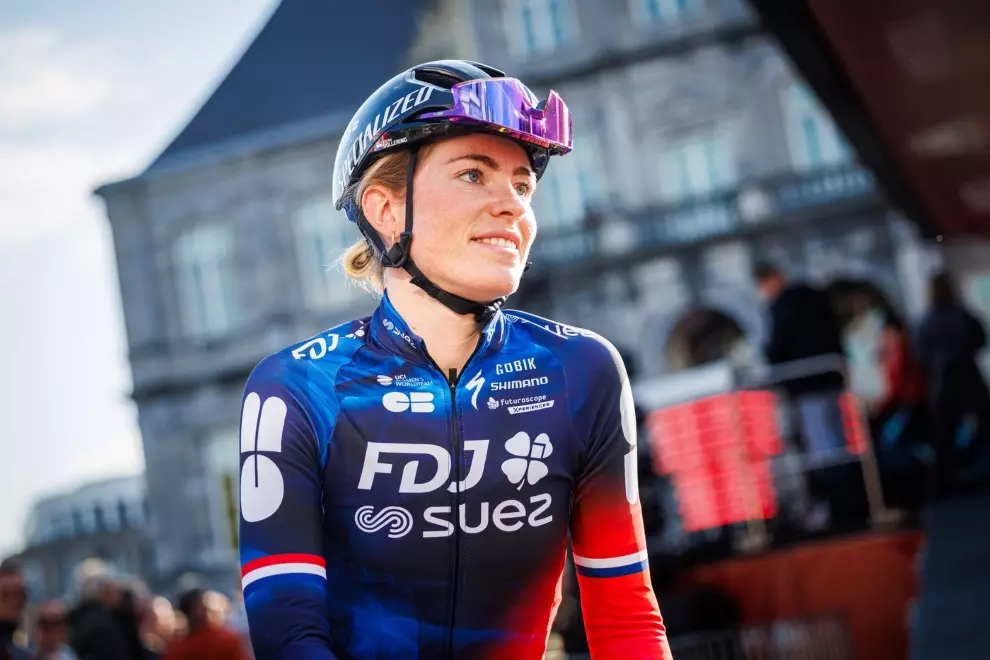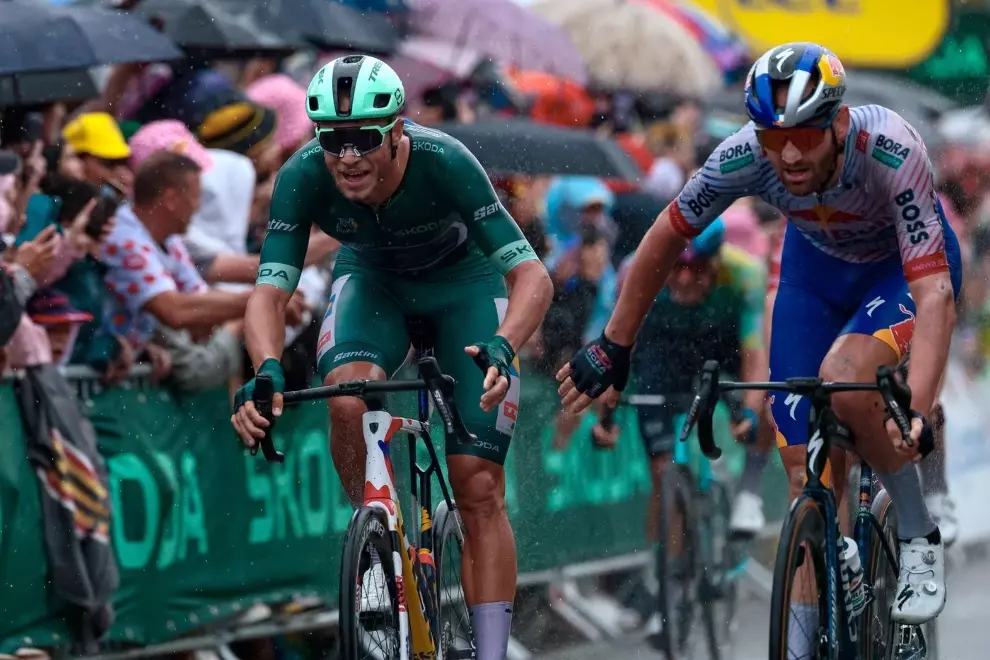Cycling in the 2010s belonged to Team Sky. They were the poster team for a sport making its mark on the mainstream for the first time since Lance Armstrong. Especially in the UK with events like Sky Ride, a closed-city mass event for everyone, their name was everywhere. And they could barely stop winning, with only mishaps like Chris Froome’s crash at the 2014 Tour de France where he broke his hand getting in the way.
These years were the zenith for a team that has risen – with the help of great financial backing – to the top in no time and looked destined to stay there. The landscape in the 2020s has changed for the team. Now backed by Sir Jim Ratcliffe, the Ineos Grenadiers are a shell of their former selves. They haven’t won a grand tour since Tao Geohegan Hart’s thrilling, yet surprising, Giro D’Italia victory in 2020. They have also struggled to assert their dominance in week-long stages compared to their headier days a decade ago.
So, what has changed for the outfit and can we expect them to return to their former glories? Is their billionaire owner getting the results he desires? More importantly, does it really matter if they are capable of unpredictability and, dare we say it, fun?
Let’s start with what has changed. The core of the team, which used to be largely British, has shifted to a more cosmopolitan and international outlook. Gone are the days of Wiggins, Froome and Geraint Thomas leading the line. Now we have Bernal, Richard Carapaz and Filippo Ganna, just some of their star names. This is not to say the team doesn’t focus on British riders. Tom Pidcock is perhaps one of the biggest names in all of cycling currently and Adam Yates has proven himself as one of the sport’s top climbers, but names like Thomas and Luke Rowe’s powers are on the wane. Even Geohegan Hart has struggled to match his Giro form from 18 months ago.
This has left the team without a clear plan. 10 years ago, Project Yellow Jersey seemed almost inevitable with Brailsford at the helm but now, in 2022, their plans seem disjointed and already pretty forlorn. This is no small part down to the incredibly unfortunate crash suffered by Bernal earlier this year. Thankfully, the Colombian climber is on the mend and his overall health should absolutely come first but it has left the team in limbo ahead of the Grand Départ in July.
This frailty in grand tour racing – their bread and butter for so long – is only exacerbated when the likes of Primož Roglič and Tadej Pogačar are viewed next to the likes of Carapaz and Yates. Only once has either Ineos rider finished above the two Slovenians over three weeks – that was Carapaz when he won the Giro at Movistar in 2018 – and that is likely to stay the same in 2022.
But cycling is not all about the three grand tours. There are plenty of other ways to win races and gain glory. The ever-present Achilles’ heel of Ineos Grenadiers, since their inception in 2010, has been one-day races and monuments. Heading into this year’s classics season, only Wout Poels and Michal Kwiatkowski have won a monument for the team – the last one back in 2017 – a pitiful return for a team with their economic clout.
In 2022, Ineos had built a squad capable of having fun in the Classics and getting results. And boy, did they deliver. The Amstel Gold Race was won by Kwiatkowski in a two-up sprint with Benoit Cosnefroy and then a week later, they took home the big prize. Dylan van Baarle won a crazy edition of Paris-Roubaix and took home the team’s first victory in this race and capped off a super successful spring for the squad.
Ineos are finally getting the results they have craved for so long and they are doing it with a smile. Ineos are fun. Say it again for those in the back, Ineos are fun. The Sky train is not on the tracks anymore. Van Baarle echoes that the team are different now, they are adapting to situations and “freestyling” when they need to. It’s hard to imagine the riders from a decade ago doing that.
He explained: “First, we wanted to be focused straight from the start because with the crosswinds, you can find yourself at the back like van der Poel and van Aert. Then it’s about surviving until Arenberg and then seeing who’s there. We had some bad luck but we came back. Our plan was to make the race hard on the pavé sector just before the second feed zone. ‘Kwiato’ told me I was super strong and he would help me with whatever it takes and that’s what he did.
“We managed to bring down the number in the group. From there, it was a bit of freestyling. You know, everybody is going to encounter bad luck. You have to deal with that, switch the button and move on. The strongest guys were in the group and then it was about finding the right moment.”
Ineos Grenadiers may not be as stacked anymore when you compare them with the likes of UAE Team Emirates, Team Jumbo-Visma or even Quick-Step Alpha Vinyl but they have enough riders to cause havoc in a crosswind, on the cobbles or up a climb. This is more exciting for fans to watch, and perhaps even Ratcliffe himself. For years, Team Sky and then Ineos looked to nullify races with tactics that saw them sit at the front, not for allowing that dynamic racing they have been trying for the last year or so.
There is no doubt that due to their ‘negative’ racing and controversies over the past 10 years, many cycling fans have no love loss for the team but with a new outlook and a semi-underdog nature for 2022, it’s time for them to continue the party they have already started.




